For years, Asus ROG Phone devices have been the go-to choice for hardcore gamers. After all, these were easy picks for those looking for performance and gaming features. Last year’s ROG Phone 7 was a testament to this commitment. It packed specs that forced the competitors to level up their game.
But in 2024, we see a plot twist. Neither of us thought that the Asus ROG Phone 8 would be moving away from the roots of the series. Although it might be a slight departure from its pure gaming roots, it also positions itself as a potential contender for Asus’s most well-rounded flagship offering in recent history.
But what about Asus ROG Phone 8 vs ROG Phone 7? Which one deserves a place in your pocket? We’ll delve into the key differences between these two powerhouses. So, if you’re looking for help choosing the champion that best suits your gaming (and non-gaming) needs, you would want to stick around.
Pricing and Availability
The Asus ROG Phone 8 launched earlier this year and is readily available for purchase. The base model with 16GB of RAM and 256GB of storage starts at $1,099 on the Asus e-store. However, you might find slightly better deals on retailers, with some listings as low as $980. The ROG Phone 8 also boasts pricier Pro variants featuring an LED display on the back. These Pro versions range from $1,199 to a staggering $1,499 for the top model with a whopping 24GB of RAM and 1TB of storage.
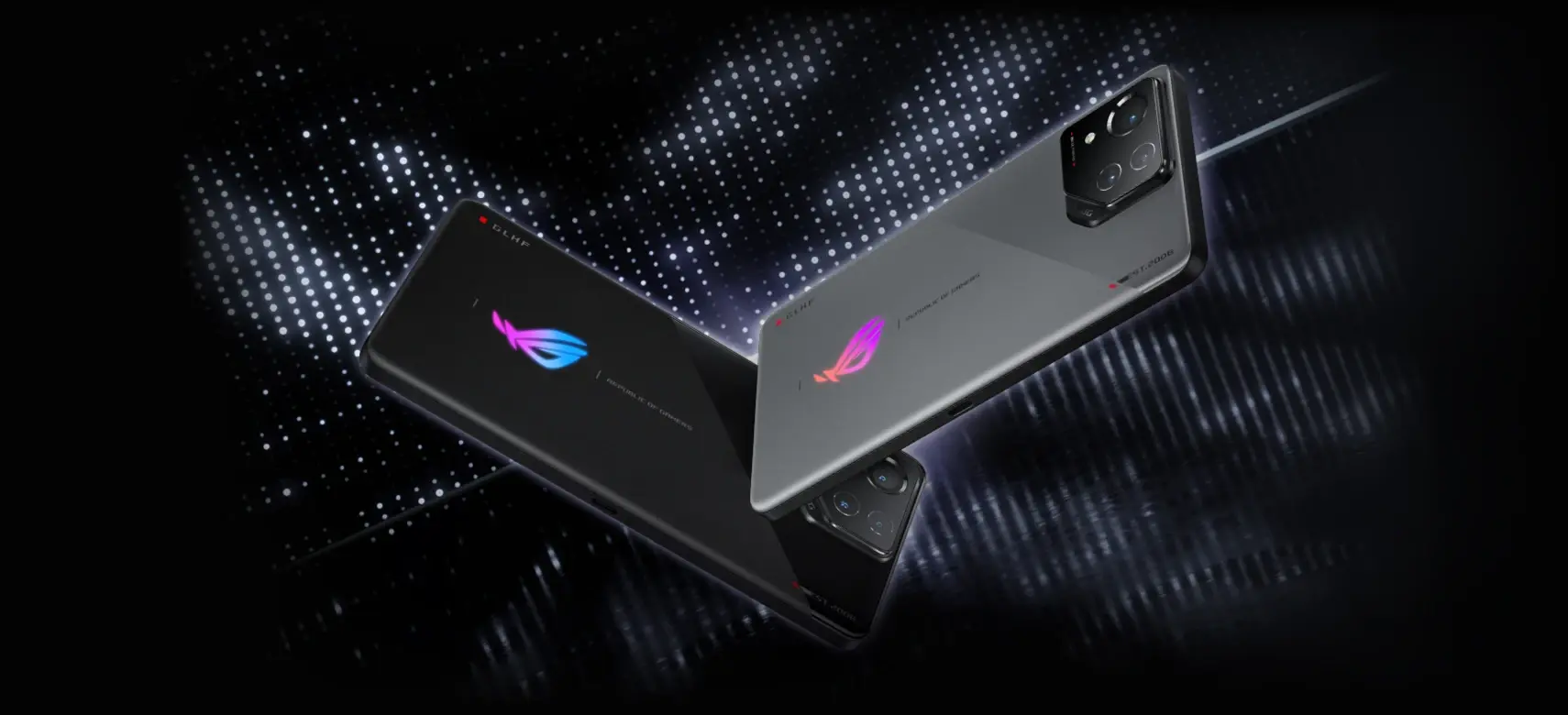
Looking at the ROG Phone 7, things get a little trickier. It debuted last year and is no longer officially sold by Asus. While some retailers offer the phone, be cautious as these might be international versions that could cause issues with warranty support or compatibility with US carriers. The starting price for the device when it was new was $999 for the 12GB/256GB variant. It reached $1,299 for the top-of-the-line Ultimate edition with a fancy LED display back.
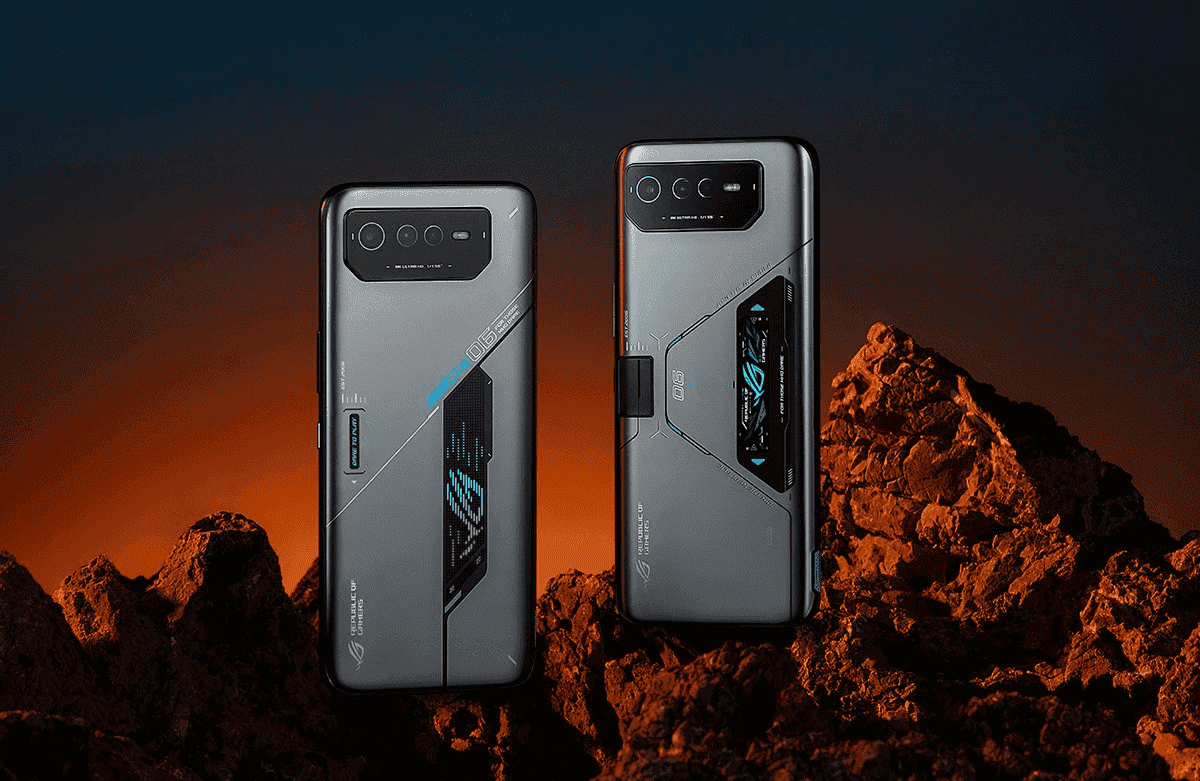
The Design
The ROG Phone series has always been loud and proud about its gaming focus, reflected in its bold, “gamer” aesthetic. This year, however, the ROG Phone 8 throws a curveball with a complete design revamp. It sheds its aggressive look in favor of a sleeker, more mainstream flagship design that wouldn’t look out of place next to other high-end phones.
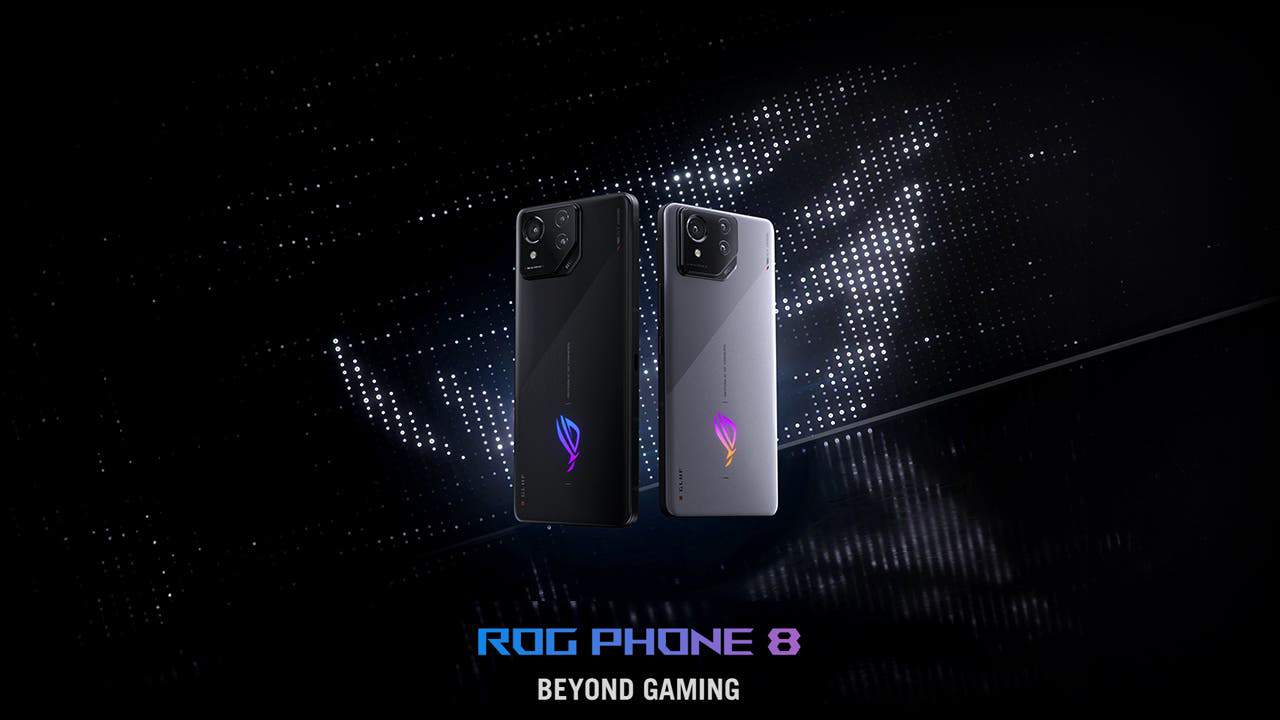
Previous ROG Phones, including the Phone 7, were all about sharp lines, dramatic patterns, and prominent LED lighting. The Phone 7’s camera system resided horizontally on the back, with a moderate bump for stability. While not bulky by everyday phone standards, it was definitely thicker (10mm) and heavier (240g) than most flagships, with noticeable bezels at the top and bottom.
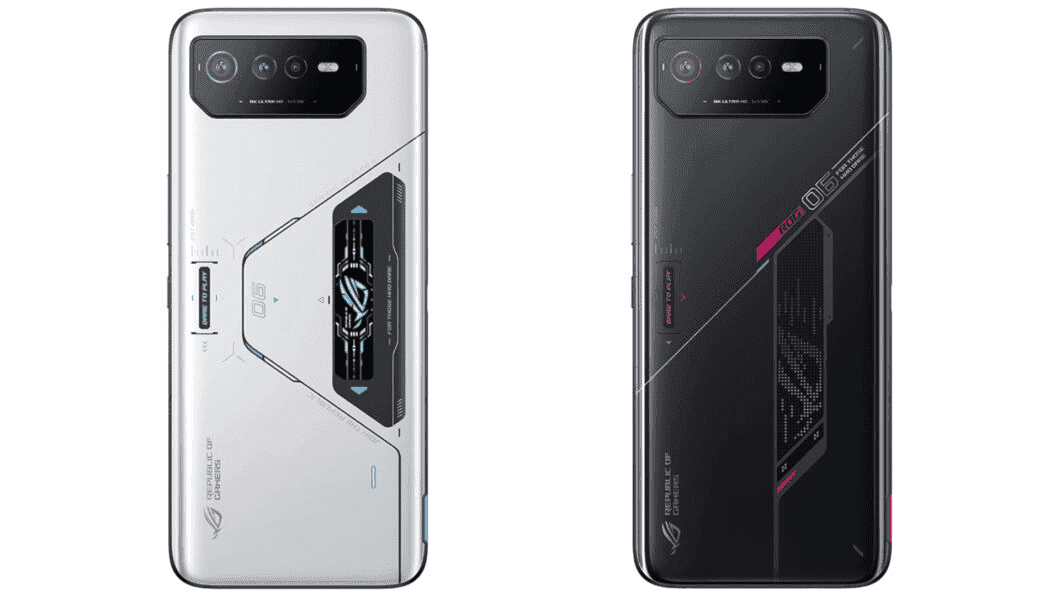
The ROG Phone 8 takes a different approach, embracing a slimmer and lighter design (8.9mm, 225g) with flattened edges, a textured matte glass back, and a near bezel-less display. It’s a more comfortable choice for everyday use. But keep in mind that it still has glass, so a protective case is recommended.
Asus ROG Phone 7 vs ROG Phone 8: Durability
Durability is another area where the ROG Phone 8 steps ahead. It boasts an IP68 rating, meaning it’s dustproof and can withstand submersion in water. The ROG Phone 7, with its IP54 rating, only offers basic splash resistance. The ROG Phone 8 also gains wireless charging, a feature missing from its predecessor.
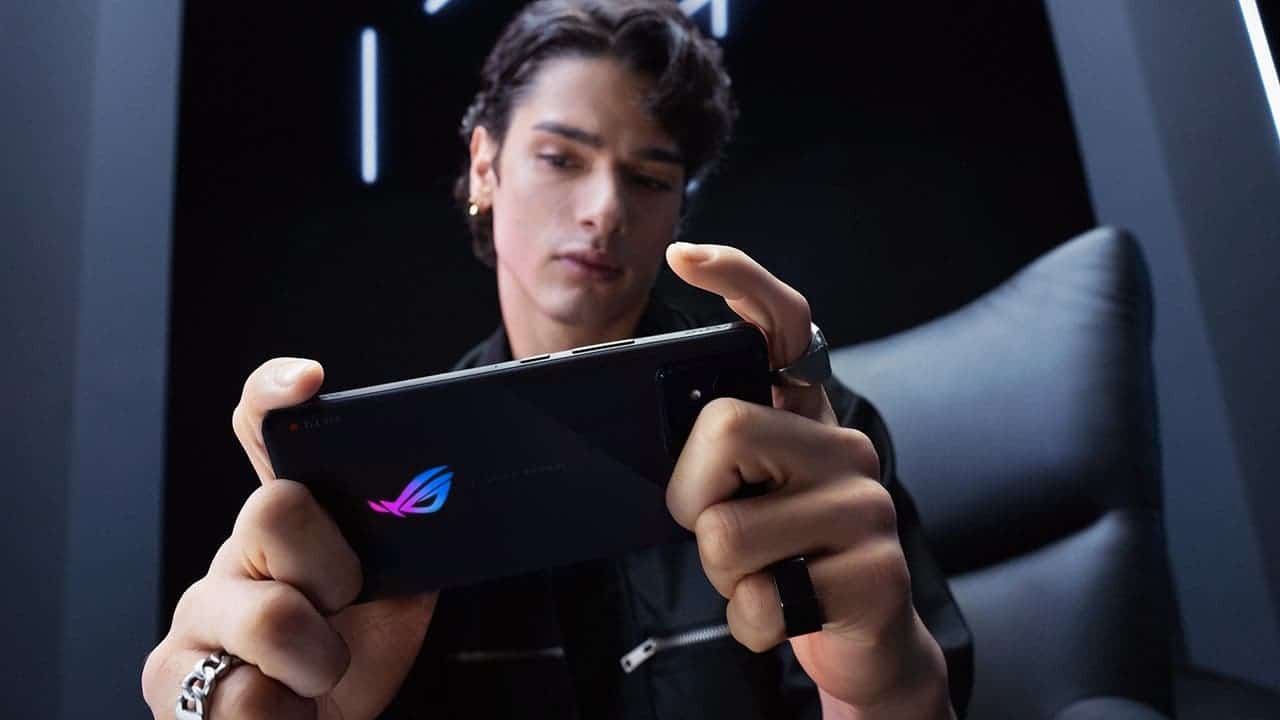
However, this design shift isn’t without compromises. The once subtle camera bump now protrudes more, and the elimination of bezels means losing the dual front-facing speakers in favor of a standard stereo setup with a bottom-firing speaker. Competitive gamers might mourn the bezels even more, as they’ll now contend with a punch-hole camera in their gaming view. The ROG Phone 7 cleverly housed the selfie camera in the top bezel, keeping the screen unobstructed.
Gizchina News of the week
Raw Performance
In the realm of gaming phones, raw performance reigns supreme. Here, the crown undeniably goes to the ROG Phone 8 Pro, boasting the latest and greatest Qualcomm Snapdragon 8 Gen 3 chipset. This powerhouse is paired with a whopping 24GB of RAM in its top configuration, crushing the ROG Phone 7 Ultimate’s 16GB limit. Storage options on the ROG Phone 8 Pro go up to a staggering 1TB, compared to the 512GB offered by the ROG Phone 7 Ultimate.
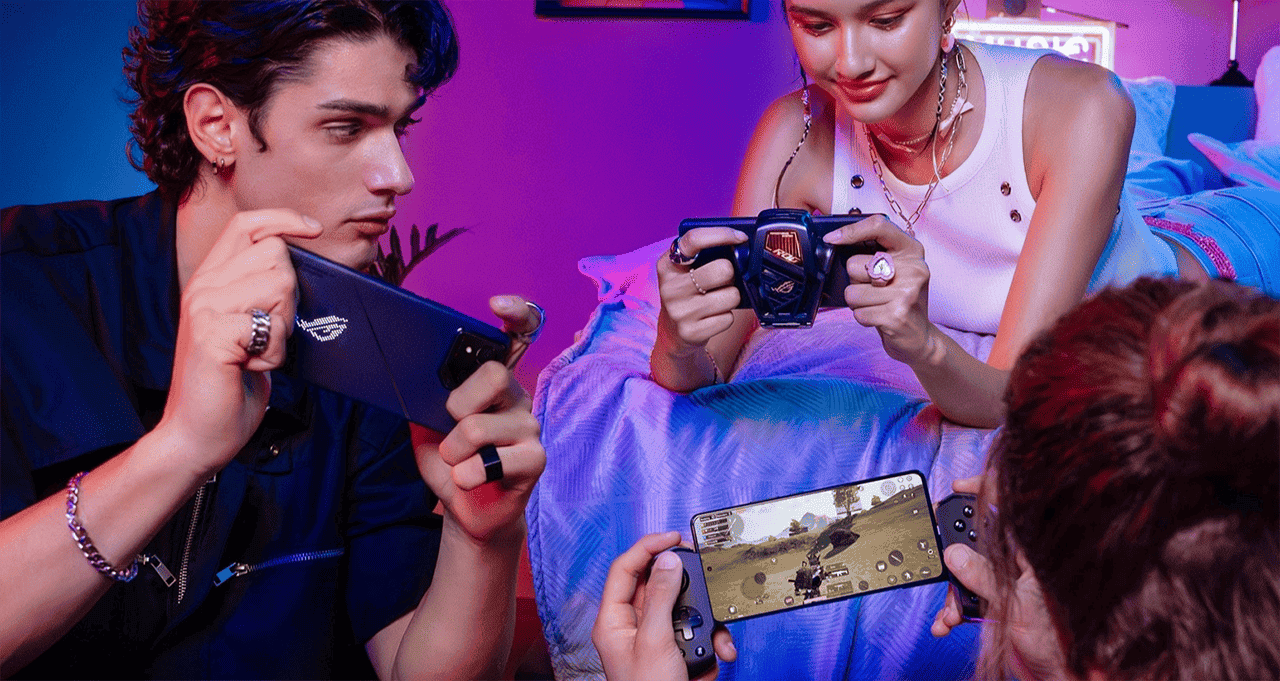
On paper, the specs paint a clear picture. Asus claims a 30% CPU performance leap and a 25% GPU improvement on the ROG Phone 8 Pro compared to its predecessor. This translates to potentially smoother gameplay and higher frame rates in your favorite titles. The ROG Phone 8 Pro also benefits from the new GameCool 8 cooling system, designed to keep things from overheating during intense gaming sessions.
But performance isn’t just about brute force. The ROG Phone 8 Pro takes advantage of the GenAI capabilities of the Snapdragon 8 Gen 3 chipset. This lets you generate cool ROG-themed wallpapers directly on your phone and utilize advanced language models for a more streamlined content search experience.
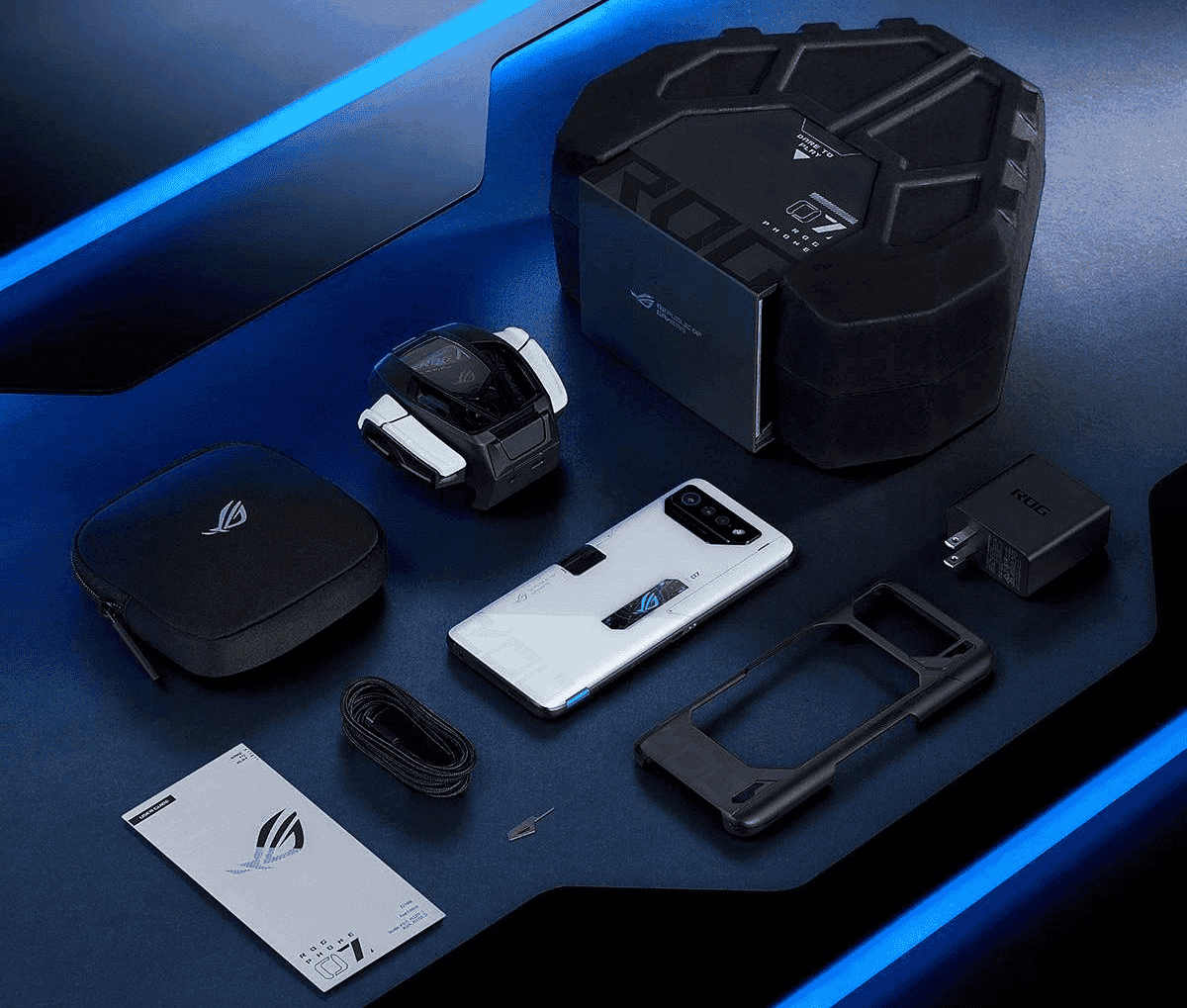
While benchmarks can be impressive, real-world performance is what truly matters. How much of a difference will these upgrades make in everyday gaming? That remains to be seen through in-depth testing. However, on paper, the ROG Phone 8 Pro establishes itself as the undeniable performance champion.
Cooling Performance
The ROG Phone 8 Pro appears to be a well-rounded upgrade over the ROG Phone 7 Ultimate, but there’s a hidden caveat. In its pursuit of a more mainstream “flagship” aesthetic with an IP68 water resistance rating, Asus made a controversial design choice – removing the ROG Phone 7 Ultimate’s impressive direct cooling feature.
The ROG Phone 7 Ultimate boasted a unique “portal” that allowed for direct cooling of its internal components when paired with the included AeroActive Cooler 7 accessory. This provided a speedy and effective cooling solution, perfect for marathon gaming sessions with demanding titles. However, open ports pose a risk for dust and water ingress, leading to its removal in the ROG Phone 8 Pro.
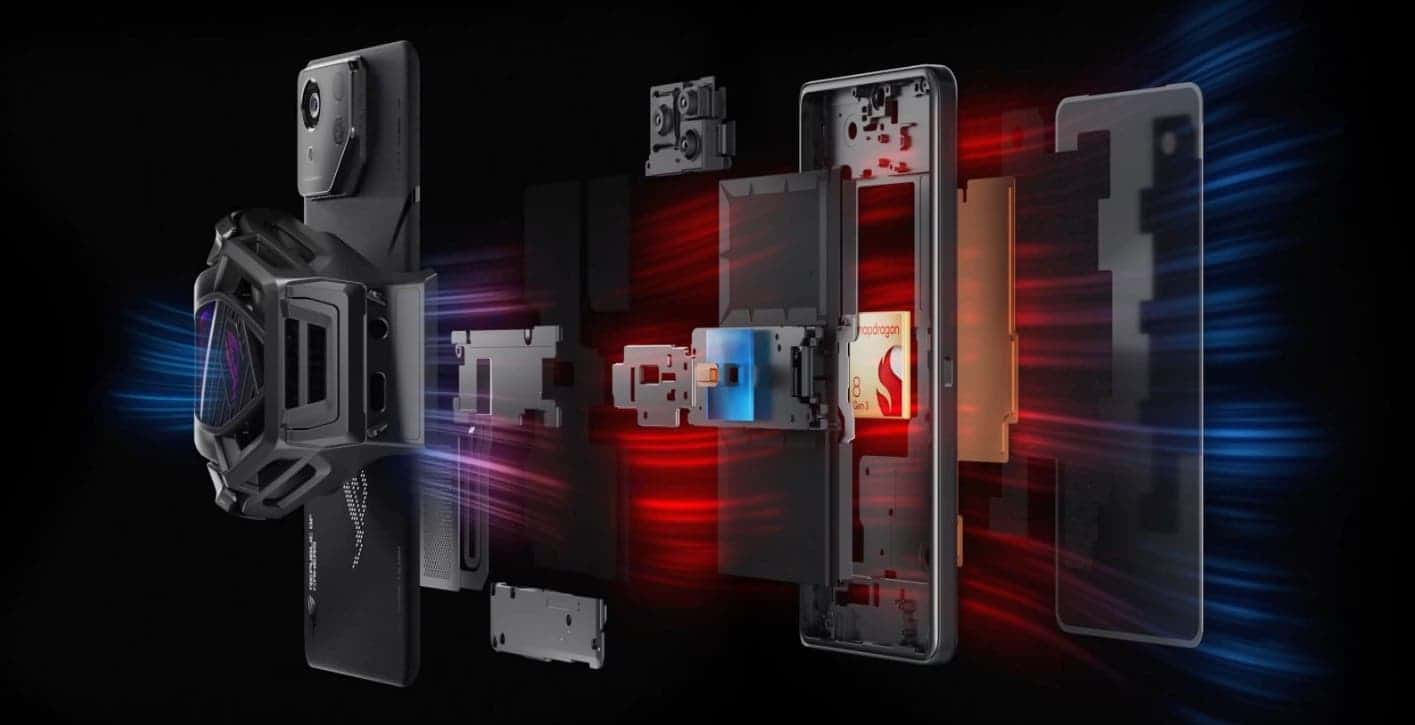
Asus assures us that the new AeroActive Cooler X can maintain a steady 60fps in Genshin Impact for an hour, but gamers can’t help but wonder if direct cooling would have achieved even better results.
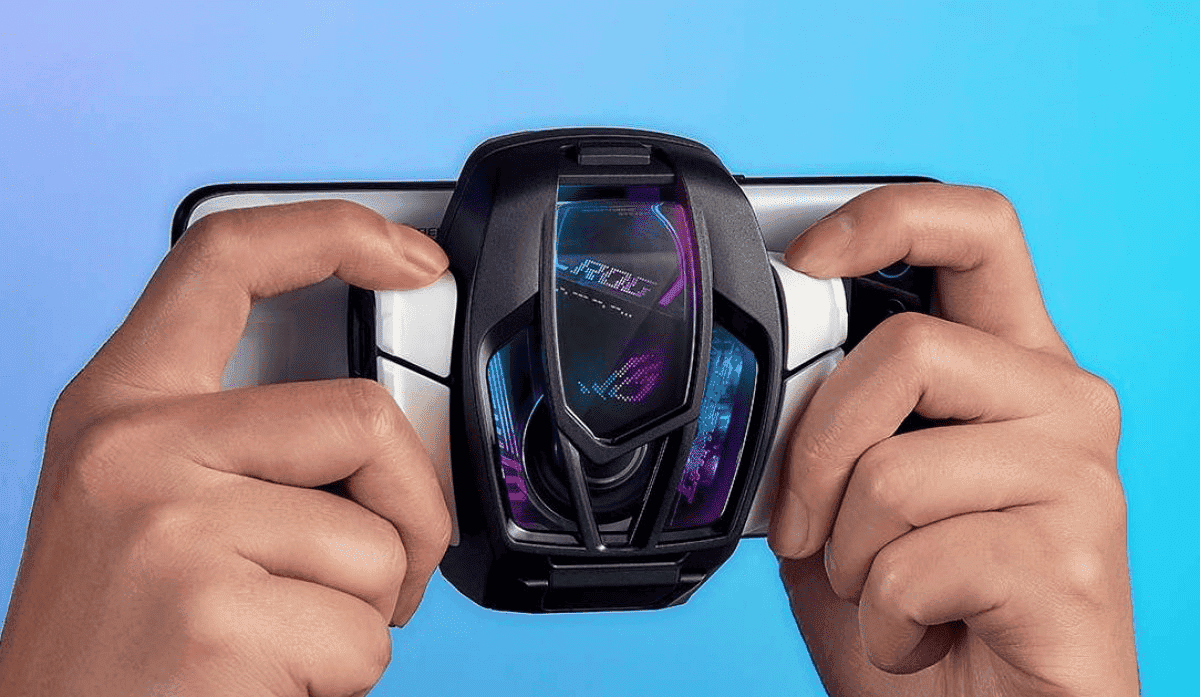
So, which phone reigns supreme in the cooling department? It depends on your priorities. If water resistance and a sleek, closed design are paramount, the ROG Phone 8 Pro might be the way to go. But if uncompromised thermal performance for intense gaming sessions is your top concern, the ROG Phone 7 Ultimate, with its direct cooling capabilities, might be the more tempting option.
Asus ROG Phone 7 vs ROG Phone 8: Battery
The ROG Phone 8 Pro’s sleek design comes at a cost – battery capacity. To achieve its slimmer profile, it trades blows with the ROG Phone 7 Ultimate in this department. The ROG Phone 7 Ultimate boasts a massive 6,000mAh battery, leaving the ROG Phone 8 Pro’s 5,500mAh offering a bit shy in comparison.
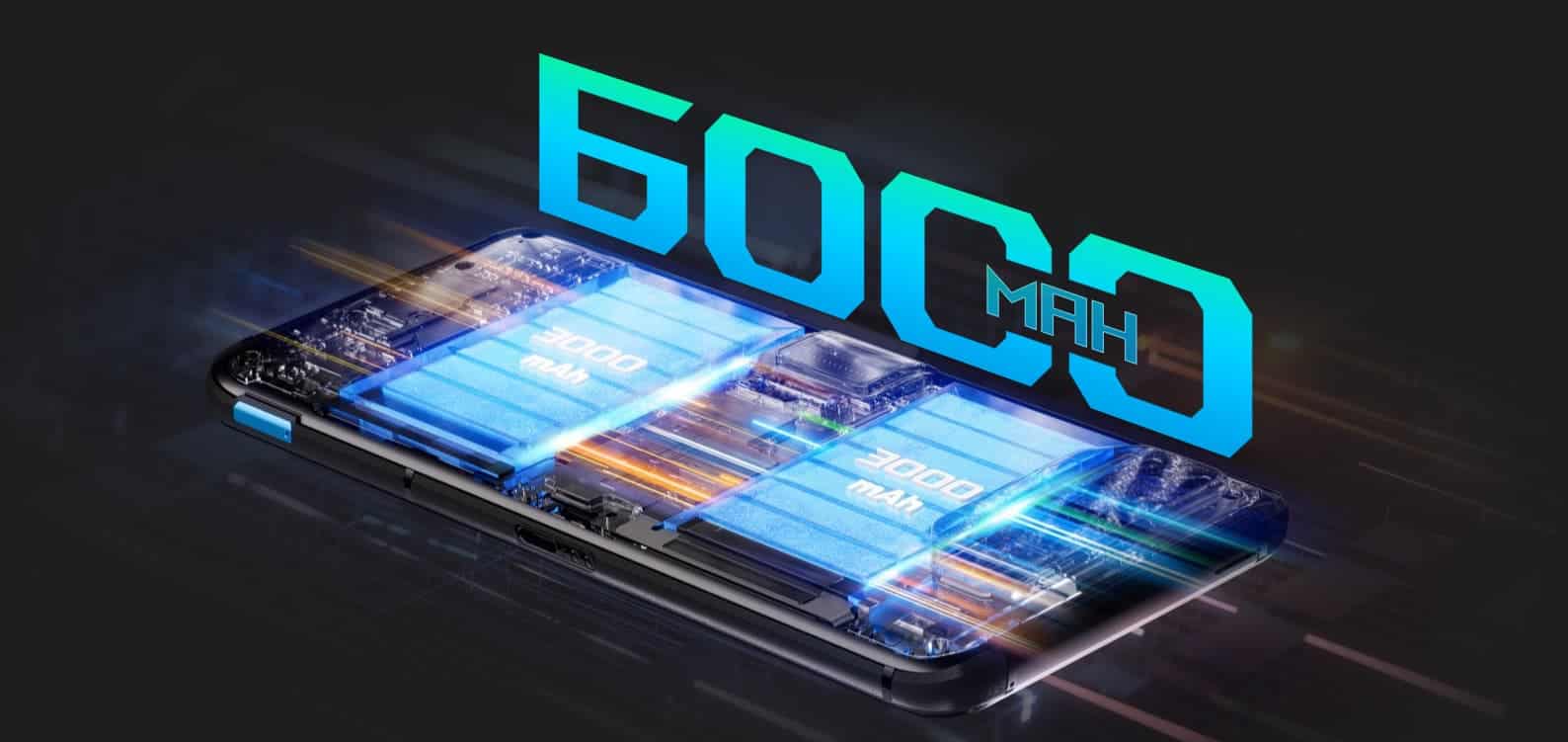
However, Asus assures us that the ROG Phone 8 Pro’s power-efficient Snapdragon 8 Gen 3 chipset compensates for the smaller battery. They claim it delivers battery life on par with the ROG Phone 7 Ultimate in real-world use, but independent testing is needed to verify this.
Both phones come equipped with 65W fast charging technology, with the included charger allowing the ROG Phone 8 Pro to likely reach 100% a tad faster due to its smaller battery size.
So, who wins the battery battle? If raw capacity is your priority, the ROG Phone 7 Ultimate reigns supreme. But if a slimmer design and potentially faster charging are more appealing, the ROG Phone 8 Pro might be the better choice – assuming Asus’s claims about equal battery life hold true.





